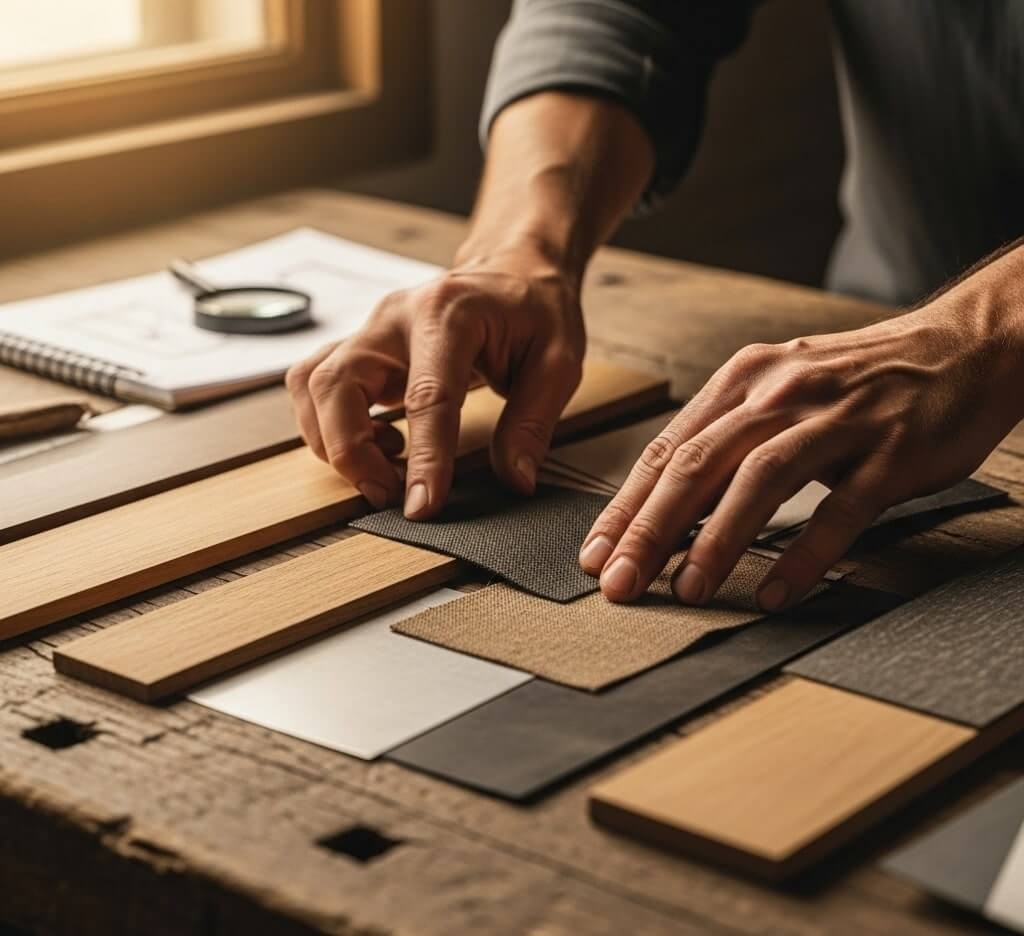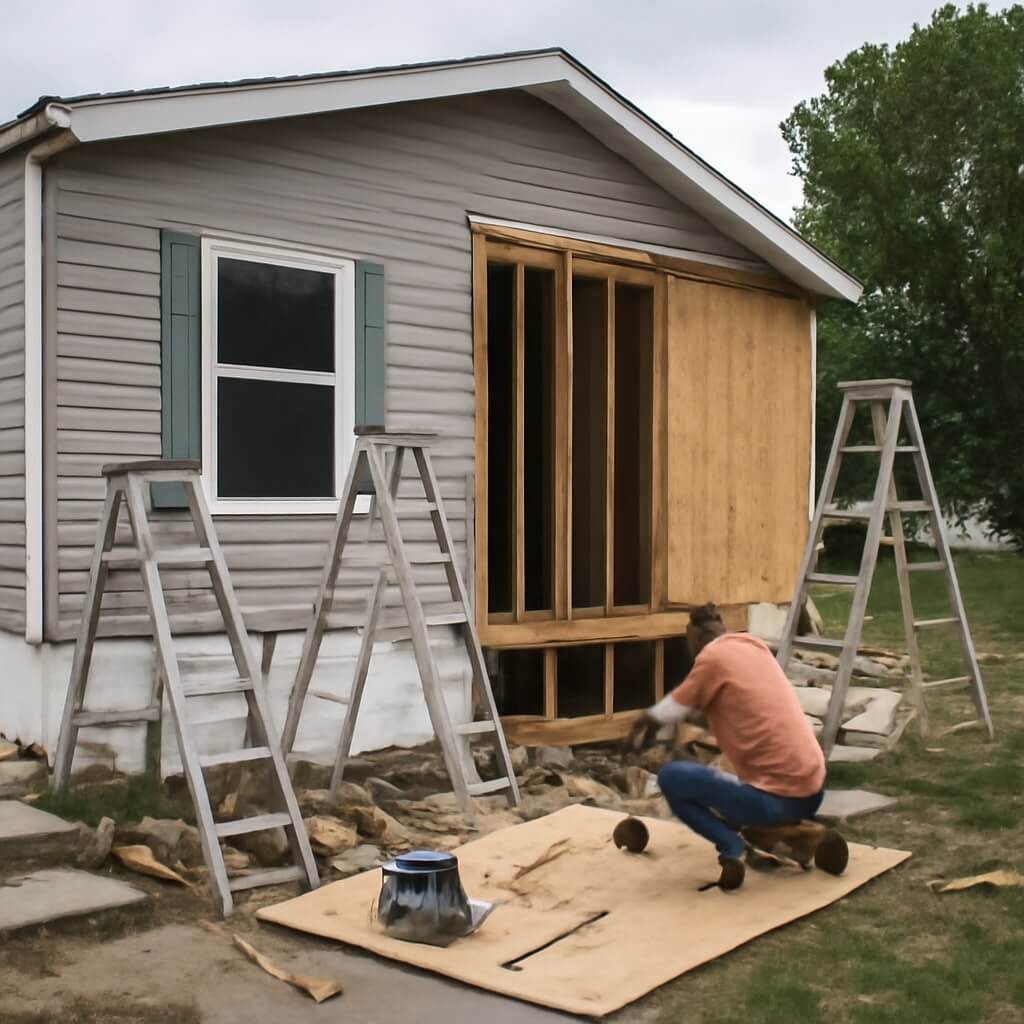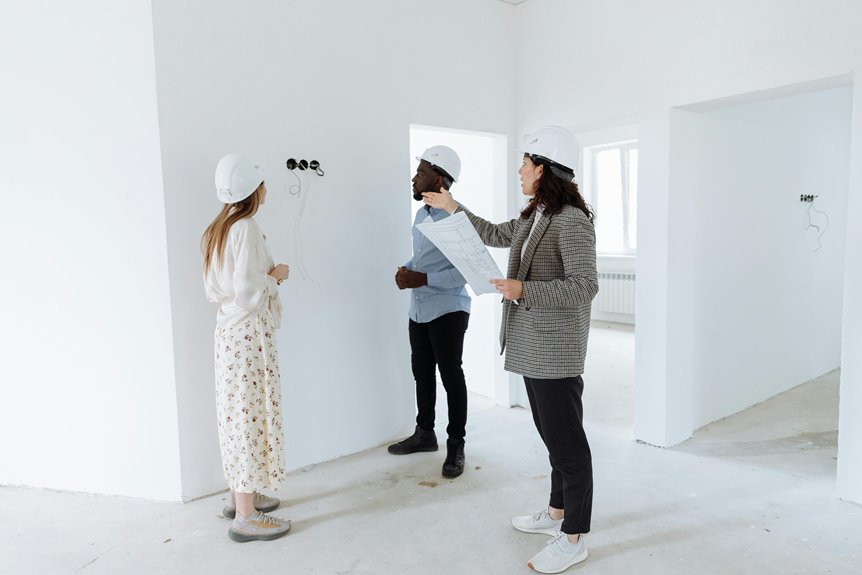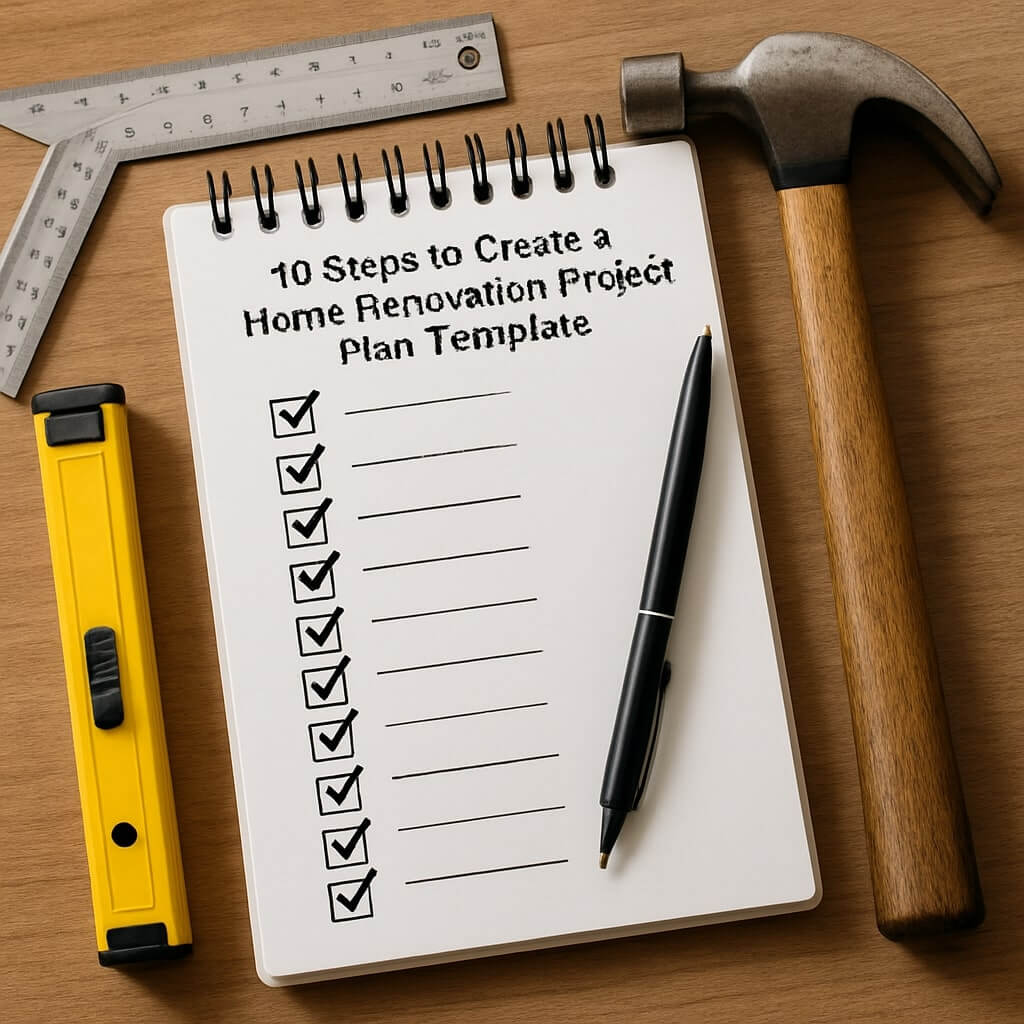Renovating a manufactured home can seem intimidating, but breaking it down into manageable steps makes the process smoother. Start by evaluating your current space to pinpoint areas that need improvement. Next, you’ll want to set a budget that covers both essential repairs and desired upgrades. With a solid plan in place, you can move on to choosing the right materials and deciding whether to hire professionals or tackle some tasks yourself. What comes next?
Key Takeaways
- Assess the current layout of your manufactured home to identify areas needing improvement and prioritize necessary changes for comfort and efficiency.
- Set a detailed budget that includes estimates for renovations, permits, and inspections while prioritizing essential repairs over cosmetic upgrades.
- Create a structured renovation plan with a clear timeline, breaking the project into manageable phases and gathering design inspiration.
- Choose durable and budget-friendly materials that require minimal maintenance, considering eco-friendly options for sustainability.
- Execute the renovation by tracking costs and tasks, regularly reviewing the timeline, and adjusting plans while maintaining your overall vision.
Assessing Your Current Space

Before diving into renovations, it’s crucial to assess your current space to identify what needs updating or changing.
Start with a thorough space evaluation; walk through each room and take notes on the existing features, layout, and functionality. Observe how the current layout affects flow and usability. Are there cramped areas or underutilized spaces?
Next, consider your lifestyle and needs. Do you require more storage or open spaces for entertaining?
Make a list of necessary changes, prioritizing those that enhance comfort and efficiency. This foundational step will guide your renovation decisions, ensuring a tailored approach that truly suits your home.
Setting a Budget
Once you’ve assessed your current space and identified necessary changes, it’s time to set a budget for your renovations.
Start by creating a detailed cost estimation for each project, considering materials, labor, and any unexpected expenses. Research average costs in your area to guarantee accuracy.
Next, allocate funds based on priority; essential repairs should take precedence over cosmetic upgrades.
Don’t forget to factor in additional costs like permits or inspections. Effective financial planning will help you stay on track and avoid overspending.
With a well-defined budget, you’ll pave the way for a successful renovation that meets your needs.
Creating a Renovation Plan
As you immerse yourself in the renovation process, creating an extensive plan is essential to ensuring your project runs smoothly.
Start by establishing a clear planning timeline, breaking your project into manageable phases. Next, gather design inspiration from magazines, websites, or social media to visualize your desired outcome.
Establish a planning timeline and gather design inspiration to visualize your renovation goals effectively.
Consider the functionality of each space and how your design choices align with your budget. Document your ideas and timelines in a binder or digital format, so you can easily track progress.
This organized approach won’t only keep you focused but also help you make informed decisions throughout your renovation journey.
Choosing the Right Materials

When choosing materials for your renovation, consider both quality and sustainability to guarantee lasting results.
You can find eco-friendly options that not only reduce your carbon footprint but also enhance your home’s appeal.
Additionally, it’s important to explore budget-friendly choices that meet your needs without sacrificing style or durability.
Material Quality Considerations
Choosing the right materials for your manufactured home renovation is essential, especially since they greatly impact both aesthetics and durability.
Start by prioritizing material durability; opt for products that withstand wear and tear, like high-quality vinyl siding or engineered wood. These choices not only guarantee longevity but also enhance your home’s aesthetic appeal.
Consider finishes that require minimal maintenance, while still providing a polished look. For flooring, durable options like laminate or luxury vinyl can mimic wood without the upkeep.
Always balance quality and budget, making sure you select materials that elevate your space without compromising your financial goals.
Eco-Friendly Options Available
Incorporating eco-friendly materials into your manufactured home renovation not only benefits the environment but can also enhance your home’s appeal and efficiency.
Start by choosing sustainable materials like bamboo flooring or recycled glass countertops, which are both durable and stylish. For insulation, opt for cellulose or sheep’s wool to improve energy efficiency and reduce your heating costs.
Consider using low-VOC paints to enhance indoor air quality. Additionally, installing energy-efficient windows can greatly lower your energy bills.
Budget-Friendly Material Choices
While renovating your manufactured home, you might think that high-quality materials come with a hefty price tag, but budget-friendly options can still achieve a stunning look.
Consider affordable alternatives like laminate flooring instead of hardwood, which offers durability and style at a fraction of the cost. For countertops, explore recycled materials or quartz that mimic the appearance of natural stone without breaking the bank.
Additionally, prioritize sustainable sourcing; seek local suppliers who provide eco-friendly products. This not only saves money but also supports your community and minimizes your environmental impact.
Choose wisely, and your renovation will shine without overspending.
Hiring Professionals vs. DIY
When it comes to renovating a manufactured home, deciding between hiring professionals and tackling the project yourself can greatly impact both the outcome and your budget.
If you choose to go the DIY route, make certain you have the skills and time to meet your project timelines.
Conversely, hiring a contractor can streamline the process but requires careful contractor selection based on experience and reviews.
Weigh the pros and cons of each option. Consider your project’s complexity, your budget, and how much time you’re willing to invest.
Ultimately, your decision should align with your renovation goals and personal capabilities.
Executing the Renovation

As you engage in executing the renovation of your manufactured home, it’s essential to create a clear plan and timeline. Break your project into manageable phases, like demolition, construction, and finishing. Assign deadlines for each phase to stay on track.
Effective project management involves tracking supplies and labor costs; keep a detailed budget to avoid surprises. Prioritize tasks based on dependencies; for instance, don’t install flooring before completing electrical work.
Regularly review your renovation timeline to guarantee you meet your goals. Adjust as necessary, but stick to your overall vision to maintain focus throughout the renovation process.
Final Touches and Decorating
Complete your renovation by focusing on the final touches and decorating, which can truly transform your manufactured home into a personalized oasis.
Start by selecting a cohesive color scheme that reflects your style. Choose two or three complementary colors for walls, accents, and furnishings.
Next, consider furniture arrangement; verify your layout promotes flow and functionality. Use area rugs to define spaces and add warmth.
Incorporate personal touches with artwork, plants, and decorative items that resonate with you.
Don’t forget lighting—varied sources can enhance ambiance.
Finally, step back and evaluate how everything works together to create a welcoming atmosphere.
Conclusion
In summary, renovating your manufactured home can transform your living space into a personal sanctuary. By evaluating your needs, setting a realistic budget, and creating a detailed plan, you’ll stay organized and focused. Choose durable materials that fit your style and decide whether to tackle projects yourself or hire professionals. As you execute your renovation in phases, remember to enjoy the process. With careful planning and attention to detail, you’ll create a beautiful, functional home that reflects your vision.




